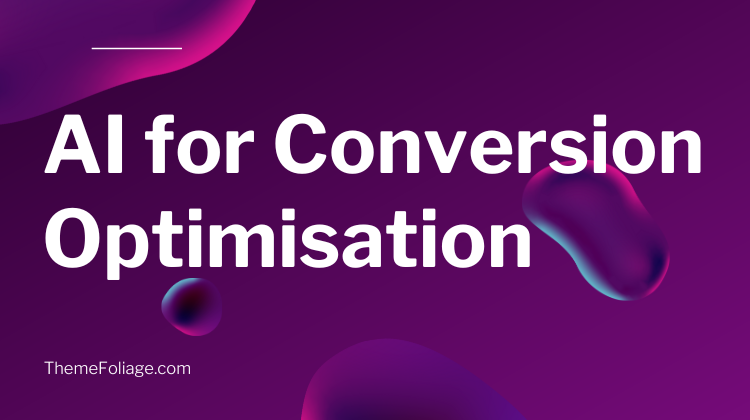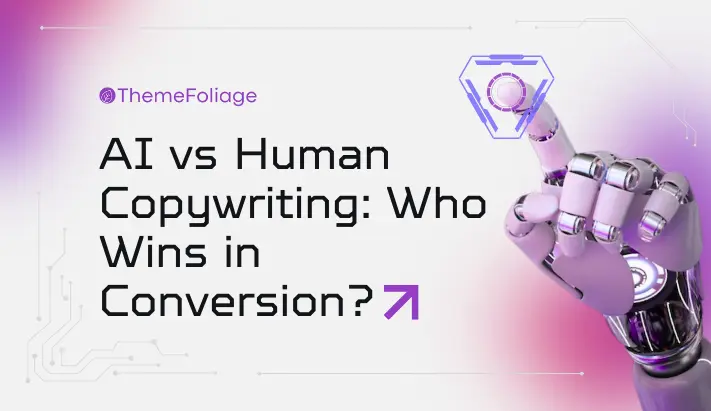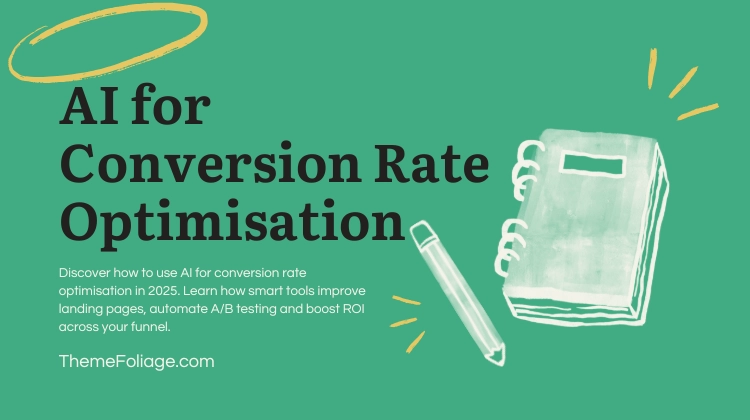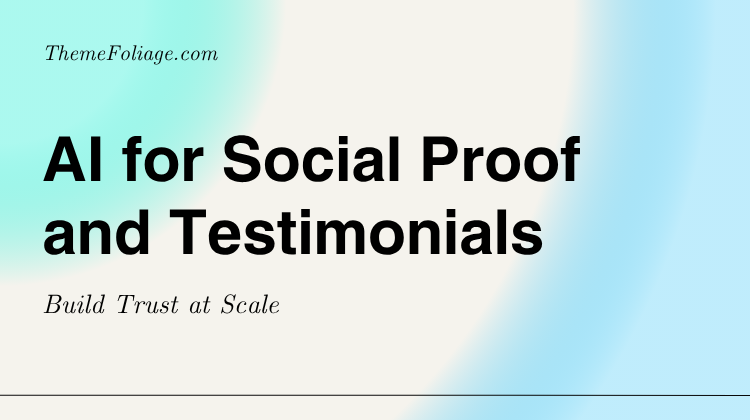In an era where attention spans shrink and competition intensifies, every lost visitor is a missed opportunity. AI for conversion optimisation reinvents traditional A/B testing and static personalisation by continuously learning which triggers, layouts and messages drive action.
Rather than scheduling experiments and waiting weeks for results, AI analyses real-time behaviour, clicks, scrolls, cursor movements, to surface friction points, predict the highest-impact changes, and roll out targeted variations in minutes.
Imagine your homepage morphing dynamically for different visitor segments: first-time browsers see social proof and simple CTAs, returning buyers get personalized upsell banners, and price-sensitive users encounter time-limited offers. This isn’t hypothetical, it’s the reality of AI-driven CRO in 2025.
From Friction to Fluidity
Every conversion funnel has rough edges: confusing navigation, unclear value propositions, or misplaced buttons. AI surfaces these pain points by:
- Mapping session heatmaps and click paths to pinpoint where visitors hesitate or abandon.
- Using anomaly detection to flag sudden drops in form submissions or checkout completions.
- Deploying machine learning to predict which interventions, simplified forms, alternative headlines or social proof widgets, will yield the highest lift.
By turning static feedback loops into constantly adapting experiences, AI transforms friction into seamless journeys.
Core Capabilities Powering AI-Driven CRO
- Continuous Experimentation
Reinforcement-learning engines run multivariate tests automatically, retiring underperformers and scaling winners without manual setup. - Hyper-Personalisation
Profiles built from on-site behaviour, referral source and demographic signals deliver tailored headlines, images and offers in real time. - Predictive Roadblocks
AI spots likely drop-off points, form errors, lengthy fields or slow load times, and injects contextual prompts or UI tweaks before users bounce. - Intelligent Recommendations
From product suggestions to content upsells, recommendation models surface the most relevant items based on each visitor’s journey stage. - Automated Insights & Alerts
Natural language summaries and alerting frameworks notify your team when leading indicators shift, like a new friction hotspot on mobile checkout.
Bringing AI CRO to Life: A Four-Step Roadmap
- Audit & Baseline
Install an AI-powered session-recording and heatmap tool. Capture two weeks of visitor behaviour to establish baseline metrics for key funnels. - Select an AI-CRO Platform
Choose a vendor that integrates with your CMS, tag manager and analytics stack. Prioritise platforms offering API-driven personalisation, anomaly detection and reinforcement learning. - Configure Experiments & Personalisation
Define high-impact zones, landing pages, cart flows, lead-gen forms, and set up initial experiments. Tag audience segments for real-time personalisation rules. - Measure, Iterate & Scale
Review AI-generated insights daily. Approve and roll out winning variations, archive losers, and launch fresh tests on remaining hypothesis areas. Expand personalisation to email and in-app messages as CRO matures.
Metrics That Prove Impact
- Conversion Rate Lift: percentage increase in form submissions, sign-ups or purchases.
- Revenue per Visitor: change in average order value and average revenue per user.
- Funnel Completion Time: reduction in time taken to finish key actions.
- Drop-off Rate Reduction: decrease in abandonment at each funnel stage.
- Experiment Velocity: number of successful tests deployed per month.
- Personalisation Engagement: uplift in click-through rates for dynamic content blocks.
Pitfalls to Watch
- Over-segmenting Audiences: too many micro-segments starve tests of statistical power. Group similar profiles by business outcomes.
- Ignoring Mobile UX: AI insights are only as good as the underlying experience. Ensure mobile flows are optimized before layering experiments.
- Blind Automation: set guardrails, frequency caps, minimum lift thresholds and QA checks, to prevent “rogue” variations from harming conversions.
- Data Quality Gaps: incomplete tracking or mixed analytics tools can mislead AI models. Standardise event naming and ensure timely data ingestion.
Final Thoughts
AI for conversion optimisation elevates CRO from a quarterly project into a perpetual growth engine. By harnessing real-time behaviour, predictive modelling and automated experimentation, you deliver ever-improving user journeys that adapt to each visitor’s needs.
In 2025, success isn’t about running more tests, it’s about letting AI run the right ones, freeing your team to focus on strategy, creative direction and larger business goals.



